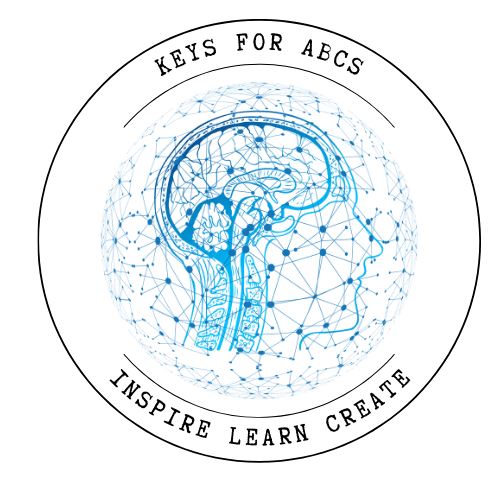When I mention that I’m an instructional designer, I often receive quizzical looks as if I’ve just revealed I’m from a distant planet. Despite its roots dating back to the 1950s, the profession remains largely unfamiliar to the general public. Yet, the role and significance of instructional design are profound, and it’s time to shed light on this often-overlooked field.
I used to ask people, “Have you ever had a job where you have to take training on the computer?” When they say yes, I say, “I make those, but not the boring kind.” It’s accurate but incomplete, and they still don’t know what I do. In recent months, I’ve re-evaluated this perspective of what an instructional designer is. I now tell people I bridge the gap between experts and novices. I help experts create learning experiences in a way that a novice can process. This explanation makes sense to most people, although they look fascinated as if I just told them I was a superhero. Instructional Designers bridge the gap between experts and novices by helping experts share their knowledge effectively. However, if we boil down the profession to the root, that is what we do. We are experts in helping experts share their expertise effectively. That’s a lot of expertise in one sentence, and maybe it’s because when we look at our true calling, it is about expertise, knowledge, and reflection.
What Characteristics Do Effective Instructional Designers Have?
In my experience, there are three main characteristics that every amazing instructional designer I have met possesses: a love of learning, considering puzzles fun, and finding diverse people interesting.
Love of Learning
From the time I was a student, I have always loved learning. There’s nothing like that moment when you finally understand something. There’s even something thrilling about cognitive dissonance because you know after it comes a remarkable new insight that you didn’t know you didn’t know.
Puzzles are Fun
I also love puzzles. I love the mystery of figuring out how to put things together that initially seem completely unrelated. I always do them without the box first. It adds to the challenge and the joy when you find the pieces that go together.
The puzzle of instructional design involves combining the information provided by subject matter experts, understanding the organization’s goals and culture, and devising the most effective way to impart knowledge. This is a complex challenge, and solving it makes this profession so engaging and rewarding.
Diverse People are Interesting
It's All About Perspective
Naturally, characteristics such as being detail-oriented, self-motivated, and able to break complex tasks down into smaller pieces are helpful in instructional design work, just as they are in almost any profession. However, in my experience, the difference between an acceptable and an amazing instructional designer is based more on the framework through which the individual views the work and less on the skills that can be learned.
